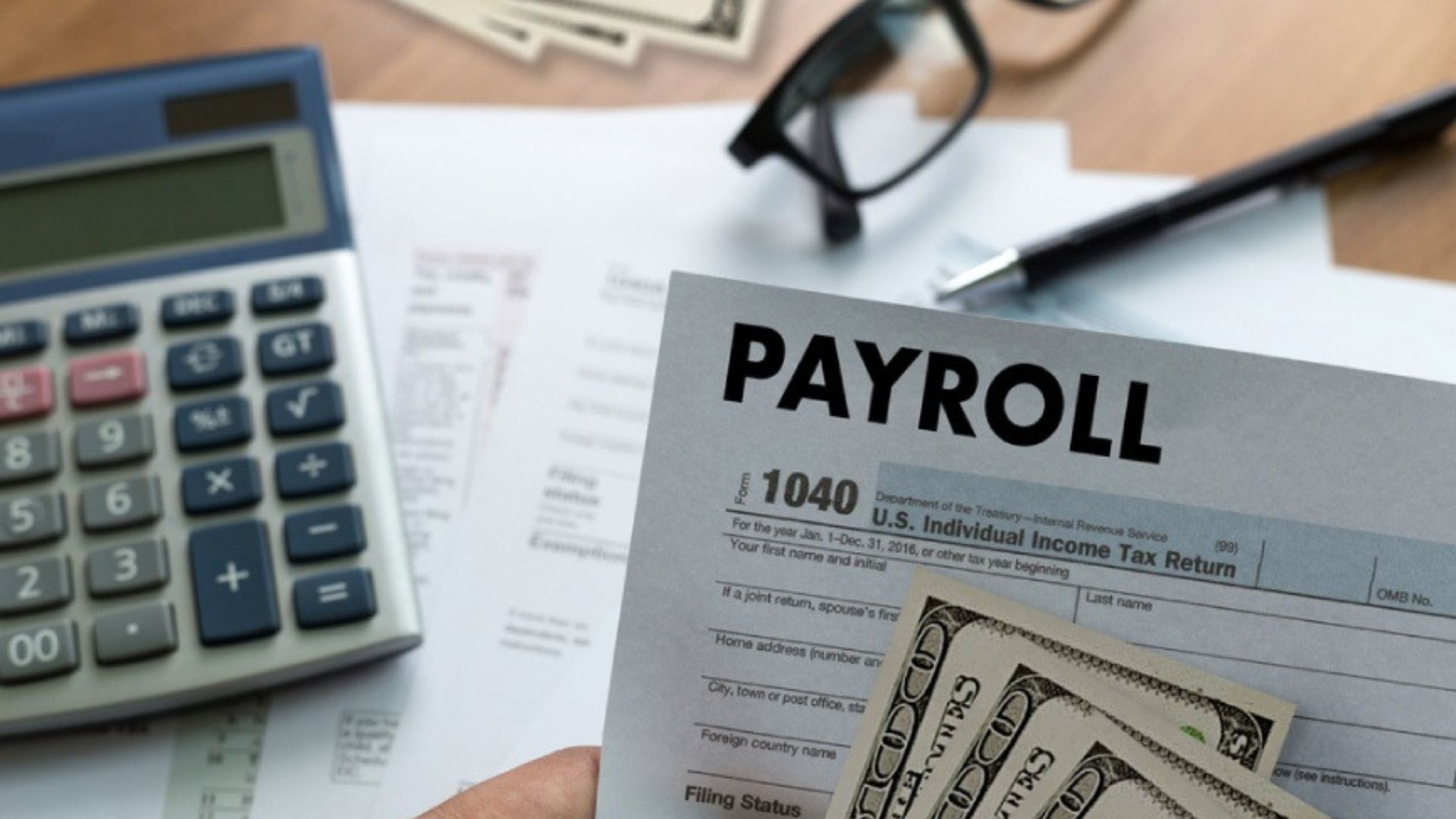Payroll discrepancies can be a major issue for businesses. They can lead to employee dissatisfaction, financial confusion, and potential legal troubles. Knowing how to handle payroll discrepancies effectively is crucial. This article provides clear steps to resolve these issues promptly and efficiently.

1. Identify the Discrepancy
The first step in handling payroll discrepancies is to identify the specific issue. Discrepancies can arise from various sources, including:
- Incorrect hours recorded: Employees may report wrong hours due to errors in time tracking.
- Misclassifications: Employees might be classified incorrectly, affecting their pay rate.
- Payroll errors: Mistakes in calculations or data entry can lead to incorrect payments.
To address the issue, gather all relevant information. This may include pay stubs, time sheets, and employee classifications.
2. Communicate with Employees
Once you identify the discrepancy, communicate with the affected employee(s) as soon as possible. Open communication helps build trust and shows that you take their concerns seriously.
- Be transparent: Explain what you have found and what steps you plan to take to resolve the issue.
- Listen actively: Allow employees to share their concerns and clarify any misunderstandings.
Effective communication is key to resolving payroll discrepancies.
3. Investigate the Issue
After communicating with the employee, conduct a thorough investigation to understand the cause of the discrepancy.
- Review records: Check time cards, payroll software, and other documentation.
- Consult team members: Speak with supervisors or HR staff who might have insights into the issue.
This investigation will help you pinpoint the problem and prevent similar issues in the future.
4. Correct the Discrepancy
Once you determine the cause of the payroll discrepancy, take steps to correct it. Depending on the situation, this may involve:
- Adjusting payroll records: Update any incorrect information in your payroll system.
- Issuing back pay: If an employee was underpaid, ensure they receive the correct amount in their next paycheck.
Correcting the discrepancy promptly shows your commitment to fair and accurate payroll practices.
5. Document Everything
Keeping thorough documentation is essential when handling payroll discrepancies. Document all steps taken during the investigation and resolution process.
- Records to maintain: Include communications with the employee, findings from your investigation, and corrections made.
- Future reference: This documentation can help if similar issues arise in the future or if there are questions from management.
Well-organized records promote accountability and transparency.
6. Review Your Payroll Process
After resolving the discrepancy, take a step back and review your payroll processes. Identifying weaknesses can help prevent future issues.
- Conduct audits: Regularly audit your payroll system to catch errors early.
- Seek employee feedback: Ask employees for their input on payroll processes to identify areas for improvement.
Continuous improvement ensures a more efficient payroll system.
7. Train Your Staff
Proper training for your payroll staff is crucial in preventing discrepancies. Ensure they understand the payroll system and best practices for data entry and processing.
- Training topics: Focus on time tracking, payroll software, and common errors to watch for.
- Ongoing support: Provide resources and regular training updates as needed.
Well-trained staff are better equipped to manage payroll accurately.
8. Implement Technology Solutions
Using technology can help minimize payroll discrepancies. Automated systems reduce the chances of human error and streamline processes.
- Time tracking software: Consider tools that allow employees to clock in and out accurately.
- Payroll automation: Use payroll software that automatically calculates taxes and deductions.
Investing in technology simplifies payroll management and enhances accuracy.
Conclusion
Handling payroll discrepancies effectively is essential for maintaining employee trust and ensuring financial accuracy. By identifying the issue, communicating openly with employees, investigating thoroughly, and correcting discrepancies promptly, you can resolve issues efficiently. Additionally, documenting the process, reviewing payroll practices, training staff, and implementing technology solutions will help prevent future discrepancies.
By following these steps, you can manage payroll discrepancies and maintain a smooth payroll process in your organization.




